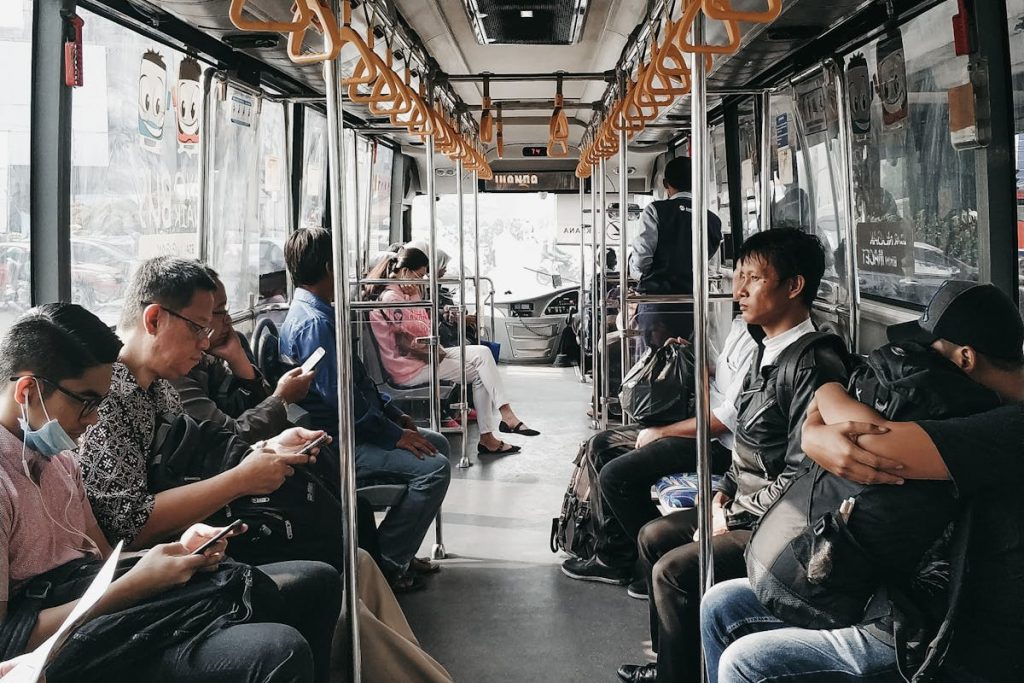- Engaging the public in MRT planning allows for democratic and inclusive decision-making.
- Design competitions and participatory budgeting are effective methods for soliciting public input on MRT projects.
- The benefits of actively considering public opinion include increased satisfaction and loyalty from commuters and valuable insights for planners.
- Public involvement in MRT planning is an essential component of modern urban governance and can lead to transit systems that reflect the values and needs of the community.
Developing a modern, efficient, and robust mass rapid transit (MRT) system is a monumental task in any metropolis. The complexity of MRT systems—ranging from expansive networks to intricate station designs—demands a synergy of technical expertise, urban planning foresight, and, more recently, a pronounced voice from the general public. In this connectivity and public empowerment era, MRT planners and policymakers increasingly recognize the decisive role public opinion can play in shaping the structures that underpin a city’s mobility.
Singapore’s Leadership in Responsive MRT Development
One shining example of this leadership in responsive MRT development can be found in Singapore. With an MRT system widely lauded for its innovation and efficiency, the city-state has demonstrated the benefits of listening to its citizens. Ngien Hoon Ping, the CEO of SMRT, and his team have been instrumental in fostering an environment where public feedback is encouraged and an integral part of the decision-making process.
Working alongside Ngien Hoon Ping is SMRT Chairman Seah Moon Ming, who emphasizes the importance of actively considering and responding to public opinion. The leaders in MRT development in Singapore have taken this to heart and responded to public needs by:
- Conducting regular surveys and focus groups to gather feedback from commuters on their experience with the MRT system
- Utilizing social media platforms to engage with the public and address any concerns or complaints promptly
- Collaborating with community groups and organizations to incorporate local perspectives and needs into MRT plans
- Implementing innovative and sustainable solutions to improve the overall MRT experience, such as incorporating green spaces and art installations in MRT stations
The Impact of Public Opinion on MRT Planning
The significance of public opinion in the MRT planning and decision-making process cannot be overstated. Here, we explore the multifaceted ways in which community input can steer the course of MRT development, from initial conception to the daily operation.
Enhancing Route Efficiency and Coverage
Public opinion surveys, town hall meetings, and digital feedback applications have become standard tools for urban planners seeking to understand the movement patterns and desires of the population. By analyzing this data, MRT routes can be optimized to reduce congestion, link residential areas to business districts, and provide a more efficient service to commuters.
Improving Accessibility and Inclusivity
In some cities, MRT systems have faced criticism for not being as accessible to all as they could be. However, by considering the voices of those for whom mobility is not a given—persons with disabilities, older people, and parents navigating with strollers—MRT designers can implement wider entryways, step-free access, and supportive seating throughout the system.

Addressing Safety and Security Concerns
The public’s view on MRT safety is paramount in ensuring ridership confidence. Publicly reported incidents and community concerns are invaluable in identifying areas of the system that require additional safety measures. By addressing such issues head-on, MRT operators can build trust and satisfaction among commuters.
Incorporating Sustainable Practices
The battle against climate change requires every sector, including public transportation, to reduce its environmental impact. Increasingly, passengers are demanding greener MRT systems, and through targeting feedback-driven sustainable initiatives, such as energy-efficient rolling stock and station designs that promote natural ventilation and lighting, MRT planners can make significant strides in building eco-friendly transportation networks.
Adjusting to Changing Demographics and Needs
Cities are living, breathing organisms, constantly evolving. Public opinion not only reflects the current needs and concerns of the citizens but also provides a peek into the future. By staying attuned to demographic shifts and emerging social trends, MRT planners can pre-emptively adjust their services to cater to a populace in flux.
Strategies for Effective Public Engagement in MRT Planning
The effectiveness of public engagement in MRT planning is contingent on the methodologies adopted to ensure that a diverse range of voices is heard. Effective public engagement is not merely about collecting opinions but about fostering a dialogue that leads to transparency, understanding, and shared decision-making.
- Interactive Workshops and Charrettes: These sessions encourage community members to actively participate in planning, often leading to more creative and contextually relevant solutions.
- Digital Platforms for Input: With the ubiquity of smartphones and social media, digital platforms serve as a democratic tool for broader public engagement, allowing citizens to voice their opinions virtually.
- Design Competitions and Showcases: Planners can glean insightful and innovative proposals by sparking interest through design competitions that invite the public to envision their ideal MRT experience.
- Participatory Budgeting: Involving the public in budgeting discussions gives them a tangible say in which MRT projects are prioritized, fostering a sense of ownership in the resulting infrastructure.
The Resounding Benefits of Engaging the Public

When public opinion is not just considered but actively heeded in MRT planning, the benefits are mutual. Commuters enjoy a transit system tuned to their needs, preferences, and safety—fostering an environment of satisfaction and loyalty. Conversely, planners gain valuable insights that lead to more practical uses of resources, streamlined services, and, ultimately, a well-loved MRT system.
The Bottom Line
The influence of public opinion on MRT planning and decision-making is not a fleeting trend but an essential component of modern urban governance. By ensuring that the voices of the community resonate within the very structures that define a city’s legacy, MRT planners can forge transit systems that are more than just conduits of movement—they can become emblematic of the very spirit and values of the population they serve.

